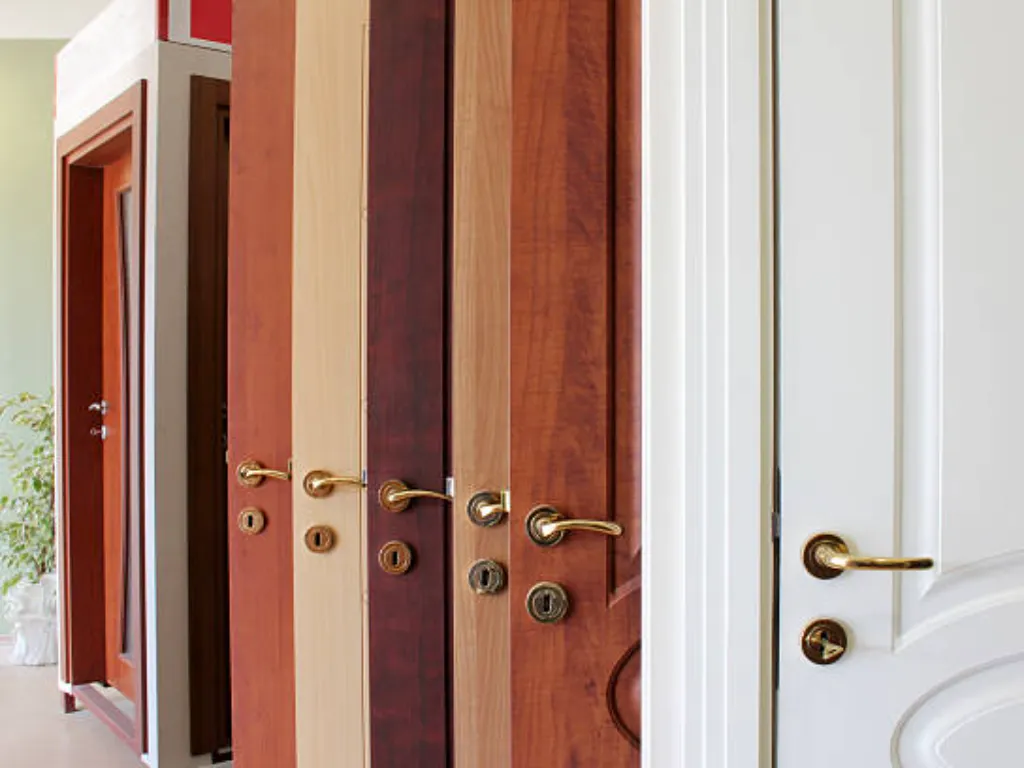Starting a jewelry brand is an exciting venture, but one of the most critical steps is choosing the right manufacturing jeweler. The success of your designs and business depends heavily on finding a partner who aligns with your quality standards, production needs, and brand identity.
In this guide, you’ll learn how to choose the right jewellery manufacturing partner and get answers to key questions like:
- How can I start my own jewelry brand?
- Where do most jewelry stores get their jewelry?
Jewelry Manufacturer Evaluation Checklist ✅

Use this comprehensive checklist to evaluate and compare potential partners.
Manufacturer Profile
- Years in Business
Experienced suppliers often have better quality control and customer service.
- Client Portfolio
Ask to see previous work or client references—especially if they’ve worked with brands similar to yours.
- Location and Facility
Consider whether proximity matters, especially if you prefer visiting the factory.
Sunulan Hizmetler
- OEM/ODM Support: Essential for private label or custom product lines.
- CAD & Prototype Services: Necessary for turning original ideas into physical products.
- Packaging & Branding: Check if they offer custom boxes, logos, tags, and inserts for brand consistency.
Quality Control and Materials
- Materials Used: Ensure they source and use only the metals, stones, and clasps you specify.
- Sertifikalar: Ask for GIA, SGS, ISO, or conflict-free sourcing documents.
- In-house Quality Checks: Find out whether the factory inspects each piece or just samples from the batch.
Pricing and MOQ
- Unit Pricing: Compare per-piece costs with and without branding or customization.
- Tooling Fees: Some designs require molds that come with one-time fees.
- MOQ and Sampling Policy: Confirm what minimums are required for bulk orders and whether you can buy samples separately.
Support and Communication
- Responsiveness: Gauge their communication speed and clarity during initial conversations.
- Project Management: Ask if you’ll get a dedicated contact person.
- Satış Sonrası Destek: Find out their policy for handling defects, delays, or replacements.
How Can I Start My Own Jewelry Brand?

Launching a jewelry business involves more than just beautiful designs. It requires solid planning, production resources, and a strong supply chain.
Define Your Brand Concept
- Know your niche
Decide whether you want to focus on fine jewelry, fashion jewelry, custom bridal pieces, or minimalist everyday designs. This will affect everything from design style to materials used.
- Understand your customer
Research your target demographic’s preferences—such as age group, income level, and shopping behavior—to create pieces that resonate.
- Clarify your brand story
A compelling narrative helps you stand out. Think about your mission, your inspiration, and how your jewelry adds meaning to people’s lives.
Develop Your Designs
- Create or source original designs
You can sketch yourself, hire a designer, or even work with a jewelry CAD specialist.
- Choose appropriate materials
Depending on your brand image and target pricing, select from metals like gold, silver, stainless steel, or even sustainable options like recycled materials.
- Refine your product range
Start with a manageable number of SKUs—perhaps rings, earrings, or necklaces—and expand based on market feedback.
Choose the Right Jewellery Manufacturing Partner
- Find manufacturers aligned with your style
Not all factories produce the same type of jewelry. Choose one experienced with your target category (e.g., gemstone rings or stainless steel chains).
- Check customization services
Does the manufacturer offer custom molds, engraving, and branding services? These features are essential for a strong brand identity.
- Evaluate communication efficiency
A good partner responds quickly, understands your needs clearly, and can provide solutions to problems.
Where Do Most Jewelry Stores Get Their Jewelry?
Jewelry stores often rely on outside partners to produce and supply their inventory. Understanding these sourcing options will help you find your own supply path.
Common Sourcing Channels
- Direct from manufacturers
Most mid-to-large brands work with jewellery manufacturing companies that produce under OEM or ODM models.
- B2B wholesale platforms
If you’re starting small, explore platforms like Alibaba or Faire to learn where to purchase wholesale jewelry easily.
- Industry trade shows
Visiting trade events allows you to see products in person and compare multiple best jewelry suppliers under one roof.
- Private label suppliers
Offer collections you can brand as your own, ideal for fast market entry with low development costs.
What to Look for in a Jewelry Manufacturer

Choosing the wrong manufacturer can lead to delays, poor quality, and brand damage. Use this section to guide your evaluation process.
Product Expertise
- Specialized knowledge
Some manufacturers only handle fine jewelry, while others focus on fashion or stainless steel. Make sure their production history aligns with your product.
- Material capabilities
Ensure they can work with your required materials—be it 925 silver, 14K gold, brass, or lab-grown stones.
- Detail-oriented production
Look for examples of previous work that show clean finishes, stone settings, and precise craftsmanship.
Özelleştirme Seçenekleri
- CAD design services
- Mold creation and prototyping
Ideal for original pieces that need tooling and sampling.
- Branding support
Many top manufacturing jewelers can add your logo, tags, or branded packaging.
MOQs and Flexibility
- Minimum order quantity (MOQ)
Some manufacturers require hundreds of units, while others offer low MOQs ideal for startups.
- Small-batch production
Useful for testing new designs or launching limited collections.
- Ölçeklenebilirlik
Check whether the jewelry manufacturer can scale up when your brand grows.
Kalite Güvencesi
- Sample evaluation
Always request a physical sample to verify material quality, finishes, and design accuracy.
- Quality control process
Ask how they inspect products—do they conduct spot checks, full inspections, or third-party testing?
- Sertifikalar
Look for factories that follow ethical or environmental practices (e.g., ISO, GIA, or Fair Trade).
Communication and Logistics
- Time zone compatibility
Choose a supplier with overlapping working hours to reduce communication delays.
- Production timeline
Clarify lead times for sampling, revisions, and full orders.
- Shipping and customs
Confirm whether they handle shipping documentation or require you to manage import procedures.
Çözüm
Choosing the right jewelry manufacturing partner is not just about finding someone who can make your designs—it’s about building a relationship that supports your brand’s growth. Whether you’re crafting a premium fine-jewelry line or sourcing from the best jewelry suppliers for your boutique, every decision you make will impact your long-term success.
Use this guide and checklist to help you evaluate potential partners with confidence—and bring your jewelry brand vision to life.







-300x198.png)